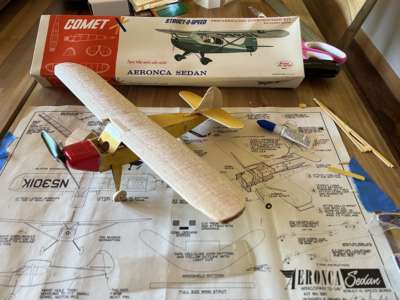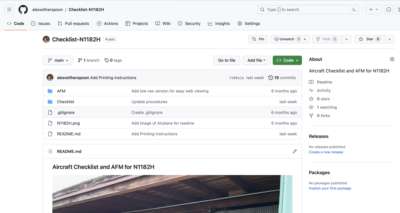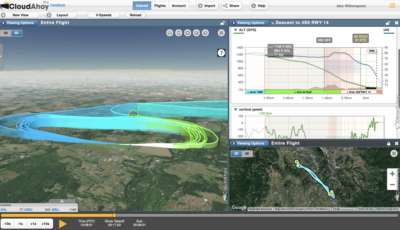
Nothing is better than flying around in the sky. Since humans don’t typically have wings, flying can be risky, complex, and even unnatural. Much like a good witches potion, or a loaf of bread pilots depend on checklists which are a series of steps to perform and confirm along the way so we can get a more dependable and repeatable result while flying around. It’s always a good idea to use checklists because no matter how smart we think we are, it’s useful to have a reminder of how a particular airplane should be operated. Ideally, pilots get the chance to fly multiple airplanes, and different airplanes have a lot in common, but the few differences that exist tend to be critically important. Checklists help summarize and reinforce the aircraft’s flight manual content for more normal operating situations.
All modern aircraft come with a flight manual, and official checklists from the manufacturer. The checklist is often a single or double page quick reference, and the flight manual is often a great many page tome of a book that describes in detail how an airplane operates, performance expectations, how it can be maintained, and emergency procedures to name a few things. Pilots are required to have the flight manual onboard the aircraft when operating the aircraft. This is great, and how it should be, and how it is. Good job FAA.
Some of us operate aircraft that predate the FAA existing. Which is neat! - but often also predates some of these common-sense good ideas. The 1948 Aeronca 15AC-192 Sedan I fly comes will the below aircraft flight manual;
This gives us some interesting information, but it’s also very lacking. Compared with modern aircraft flight manuals, this is kind of saying ‘Fly smart, good luck, don’t crash’. Critically the largest issue is actually not how sparse it is, but that this was produced in 1948 on a typewriter, on paper. It’s not durable, out of date, and not truly current with the aircraft’s condition. The performance data is predicated on using a wood propeller. It currently has a metal propellor installed, and as such “Take-off and climb performance is improved with a fixed pitch metal propellor…” Some very specific numbers there! Ha! Also there is no checklist at all, because back then it wasn’t common practice to have one.
So, I noticed a few issues, and some chances to improve things. Firstly, it’d be great to be able to version these documents so they can change in the future without losing the history of them for reference. I also should create from scratch a checklist that is useful for me, and for any reasonable pilot to follow should they operate N1182H, and I should document this in a manner that makes a good faith effort to improve and publicly document my operations and approach even though I am not explicitly required to by the FAA since I am not a commercial airliner or charter operation. Since this isn’t a modern aircraft with lots of continued support from a large manufacturer, I see it as a responsibility of myself to step up and document, review, and improve my own operations in my mighty fleet of one single Aeronca Sedan.
I turned to a tool called GitHub to host a git repository, or put simply a folder that I can use to store, and track changes of content over time. I can also describe and document the changes over time so as I learn more, or change the aircraft I can reflect those changes.
You can check it out here: https://github.com/alexwitherspoon/Checklist-N1182H/
I started with creating a checklist, as it is the item I will use during every flight. I worked with a CFI during transition training to establish good normal practices for flying the airplane, and started drafting those into a checklist. I also data logged my flights to establish new performance data using a Garmin GL52 ADSB+AHRS tracker and Garmin Pilot. I imported three-dimensional flight data into Cloudahoy and set out to perform normal, emergency, and high-performance operations slowly building up to limits and confirming safe procedures.
For example to know how much runway I would need to take off and clear an obstacle like a tree at the end of the runway, I would fly at a large airport like Aurora Airport - KUAO, and Mulino Airort 4S9 with no obstacle present and attempt increasingly aggressive Vx takeoffs to see where the limits are, and what the data showed as the most effective. Capturing data from over 30 flights helped me overcome the lack of correct data so I could more safely plan my operations with the airplane as it is now.

All of this work led me to the below pdf checklist, which I printed out at 60% scale to make a small reference checklist. Then I laminated the document and placed two of them in the airplane.